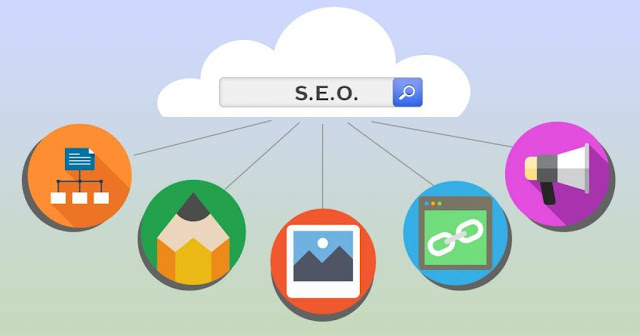SEO or Search Engine Optimization is very important for a blog site to get search traffic. But sometimes it can be found that newbies bloggers start blogging without caring for SEO. Here in this post, I am going to tell you some suggestion for better SEO of your website or blog. SEO is very important for a blog website as it sends your website traffic. Let’s see some suggestion:
Suggestions for better SEO from your blog
The length of title tag: Website <title> tag should be within 70 characters. this is the most important tag for SEO. It displayed first on every search results on any search engines. For each of the post, you should use a nice title for <title> tag. Users will first see the title of the post on search engines.
Meta description length: Website meta description should be within 155 characters. Don’t make it too short. This meta tag is most important after <title> tag. Search engines always show this as a summary. Also, make your meta description tag related to your blog content and also should be matching with the keyword on your body tag.
SEO friendly URL: Make the URL of every blog post SEO friendly. I personally suggest structuring the URL of every post like our website – https://trickist.blogspot.com/
Add content regular basis: Adding quality content to your website on a regular basis is a very good SEO tactic. Search engine always loves sites updating on a regular basis. Add new posts regularly. I suggest you write a minimum of 4 posts each week on your blog.
The perfect focus on keyword: If your keyword strategy has been crafted properly and your content is nicely optimized for the right keywords then it will be really good for your site.
Avoid using head tag too many times: head tag means <h1> <h2> <h3> ……… <h6>. Search engines don’t like using head tags too many times o one page or one blog posts page. Only one h1 tag you should use on one web page.
Google keyword planner: You can use Google AdWords Keyword Planner for writing SEO articles.
Never copy content from other websites: If search engines find that content on your website has been taken from elsewhere they may downgrade search rankings for some or even all of your web pages. Your overall site can be affected by Google algorithm update.
Reduce page load and server response time: Search engines give a priority to the websites with fast load and fast server response time. Choose a hosting plan from a hosting server which provides your blog a fast page loading speed and fast response time.
Image attributes: Include words that reflect your site topic in the image title, description, and alt attributes.
noindex, follow meta robots tag: Add noindex, follow meta robots tag for tag pages, categories pages, author pages and for search pages to prevent the duplicate content of your blog. No more about it from this post.
Well if you have a WordPress blog then how to setup SEO? Are you not a developer? Don’t worry, you don’t need to be a programmer or a developer. There are some SEO plugins available that you can use. Yoast SEO, All in One SEO Pack are some popular SEO plugin for WordPress. Well, you need some SEO knowledge so that you can configure your blog SEO with the right way. Browse our SEO category to learn about several things in SEO.
There are lots of other factors that impact your search traffic and affects on your search ranking. But these are the most important and these will work for most of the popular search engines like Google, Bing, and Yahoo. Now keeping these factors in your mind you can start your blog website.









